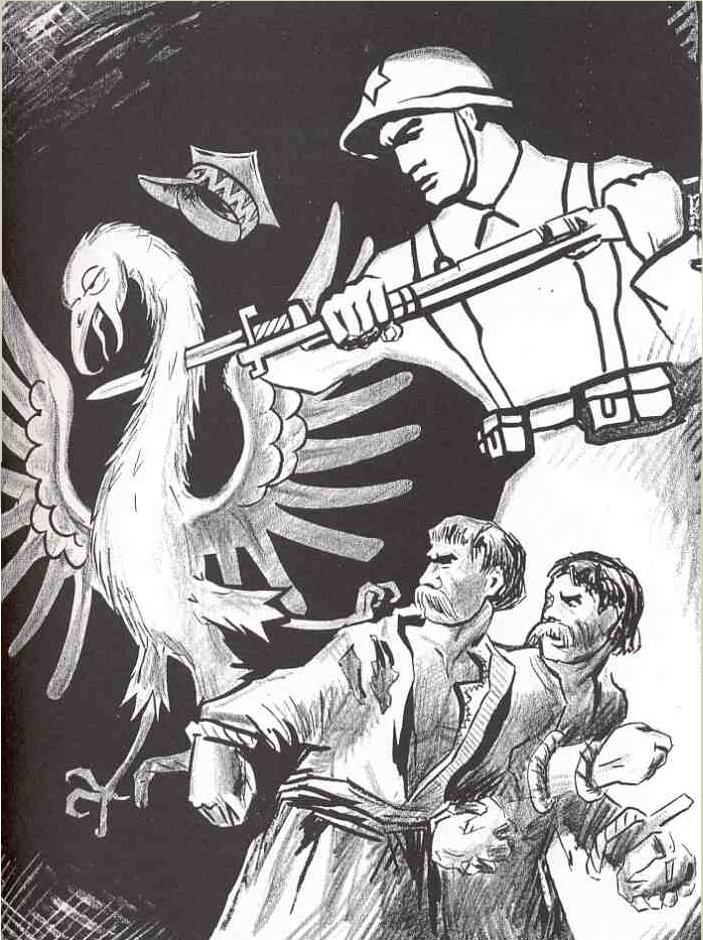Propaganda and disinformation have always been key tools in the exercise of power in Soviet Russia. The deluge of the state lies inextricably accompanied the Soviet Union’s aggression against Poland on September 17, 1939, and the occupation of the eastern provinces of the Second Polish Republic.
The Soviet aggression was the result of the treaty of 23 August 1939 concluded by the Third Reich and the USSR – commonly known as the Ribbentrop-Molotov Pact. The agreement was accompanied by a secret protocol in which both parties agreed on the future division of Central and Eastern Europe, including Poland in particular.
Prime Minister Vyacheslav Molotov in his speech to the Supreme Soviet of the USSR stated that the Soviet state would remain neutral in the immediate conflict. Referring to the signed treaty, he argued that it ensured the security of the Soviet Union. At the same time, the defense commissioner – Marshal Kliment Voroshilov in one of the press interviews spoke about the possibility of transferring weapons or dressings to Poland. The Soviet ambassador spoke in a similar vein immediately after the German invasion of Poland on September 1, 1939.
The first article in Pravda, the most important Soviet newspaper, about the war between Poland and the Third Reich appeared only two weeks after the outbreak of the war and was titled On the internal causes of Poland’s defeat in the war. The text indicated the multinationality of the Second Polish Republic as the cause of Poland’s defeat.
The Red Army entered the territory of the Polish state only on September 17, when its defeat in the September campaign was practically concluded. The entry of foreign troops was preceded by a diplomatic note in which Soviet Russia indicated the end of Poland’s existence and justified the entry of Soviet troops by the need to defend the Ukrainian and Belarusian populations against chaos and war.
The Soviet aggression was accompanied by a propaganda machine. The Red Army, being the aggressor, was portrayed as a liberator, and some propagandists even referred to the term “ally”. The attack was to liberate Belarusians, Ukrainians, peasants and workers oppressed by “lords’ Poland”. The propaganda materials also called on the soldiers of the Polish Army to abandon their commanders and even fight against them.





